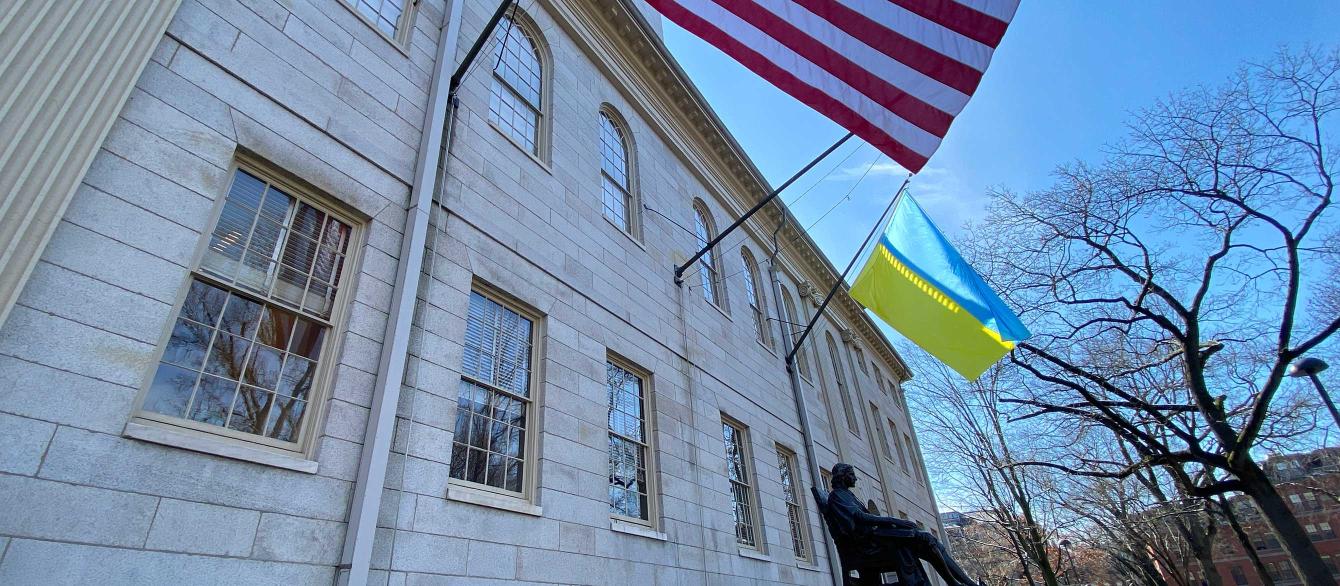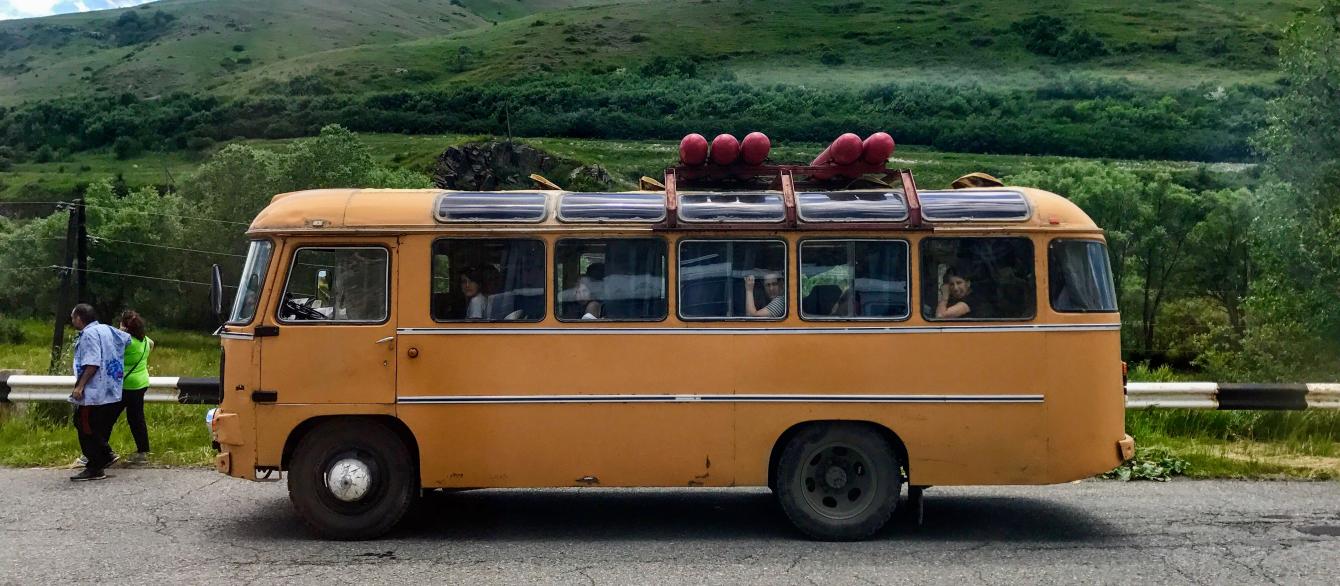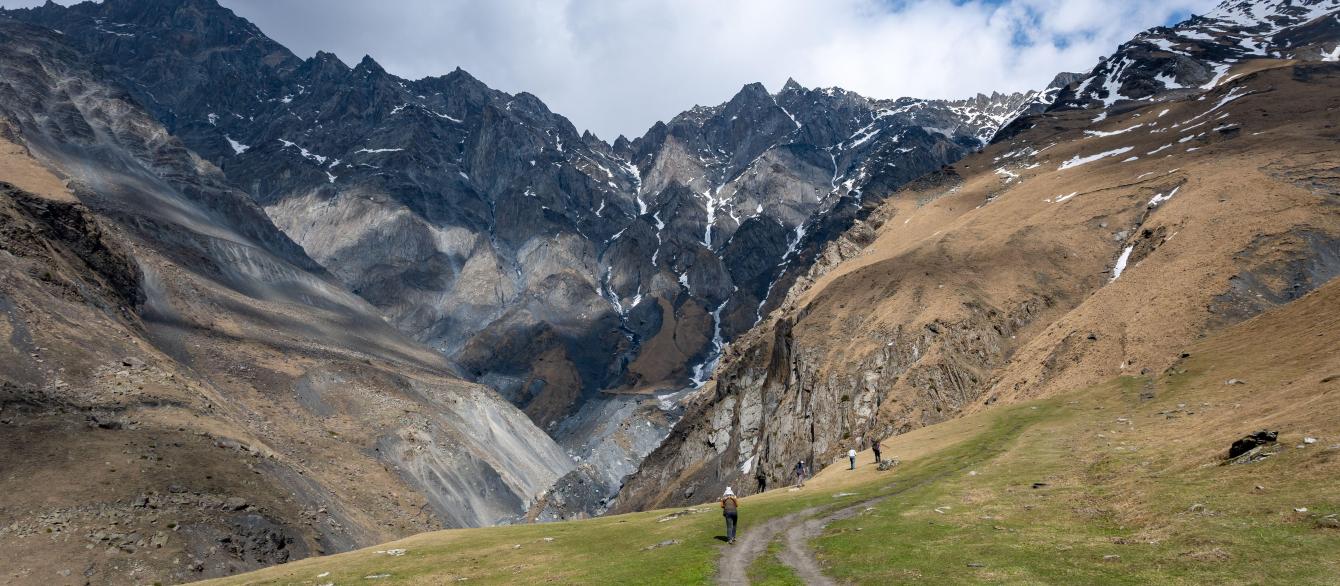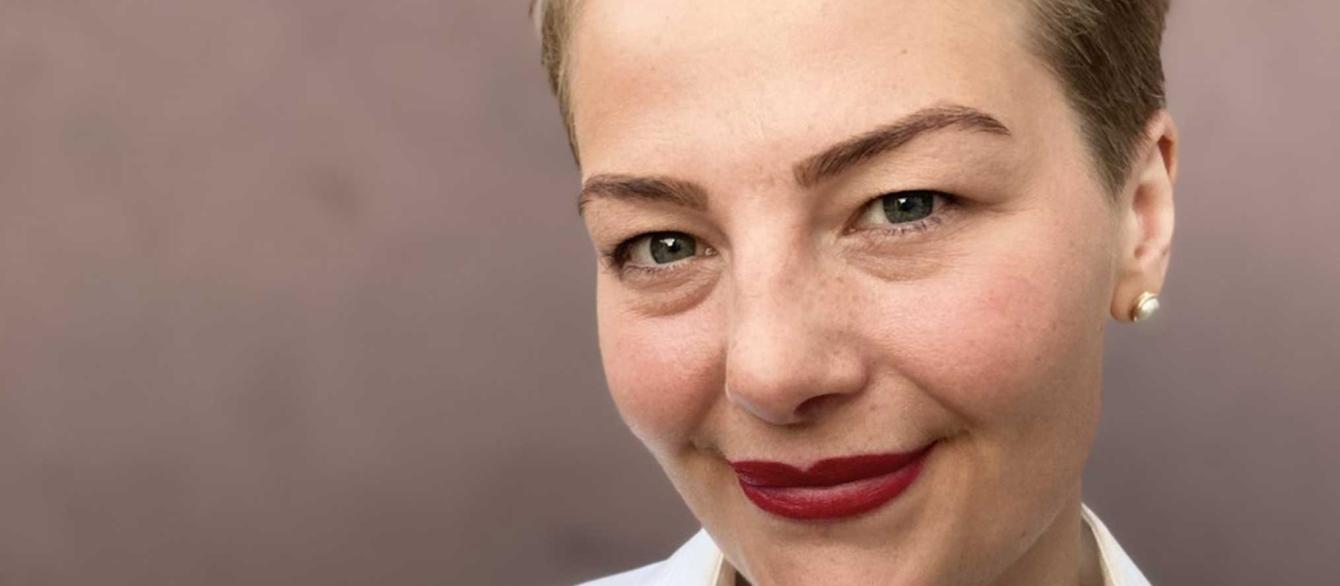To start off, please tell us a bit about your background and what drew you to the field of arms control negotiation in the first place.
Óskarsdóttir: My background, professionally, is in communications. I’ve worked as a communicator, or a communications officer, for a lot of international organizations, such as UNICEF, UN Women, and for NATO in Afghanistan. And my academic background is in security studies and terrorism. What kind of drew me to the field of arms control negotiation was that I was interested in learning how nuclear disarmament is an underlying thread through a lot of issues in international politics and security issues. I find it quite interesting to see–and what I’ve found throughout the ACONA program–was interesting to be able to learn how arms control negotiations are done, as well as watch it through my lens as a communicator and have that understanding.
What would you identify as the main takeaway from your research?
Óskarsdóttir: The main takeaway is the importance of communications and language in messaging. Of how difficult it is to align the language and verbiage around arms control negotiations. For example, the fact that something that we were kind of stumbling on again and again isn’t a clear, concise, coherent, mutually agreed understanding of what nuclear risk reduction is. So, as we were doing our research, we kept kind of stopping again and again at this issue. And, I think that’s kind of what we all took out of it–that the five permanent members of the United Nations Security Council (P5) negotiation would continue to struggle going forward because there isn’t a coherent definition for all the P5 countries. That’s something that we weren’t really maybe expecting when we went into the research, but that’s definitely something that came out as we went forward.
What was the biggest surprise you encountered over the course of your research journey? What was the biggest difficulty?
Óskarsdóttir: The biggest difficulty as a research team spread over 11 time zones was definitely finding time for us to actually sync up and do work at the same time. We would all be doing work asynchronously, but we didn’t really have easy opportunities to all be online together at the same time and kind of structure our paper and go through what we were writing. We also were having similar issues to what we found out to be one of the issues of the P5 negotiations. There isn’t a clear definition of what nuclear risk reduction is, and we found out that we actually didn’t have a clear understanding of it either – we kept pulling in different kinds of information and then we struggled because we didn’t have the opportunity to be together online for more than four hours a week.
But, a positive surprise is how well we collaborated, as we were a team of four. I think how quickly the team adjusted and came together and managed to still get the paper together despite the time zones and people getting COVID was a great accomplishment, even with all the challenges across time zones. We still managed to finalize our work and be successful during a complicated year.
Any final comments?
Óskarsdóttir: In general, it’s a really, really good program. I’ve been sending it to people that I know that are interested in geopolitics and nuclear arms control because you learn a lot. And it’s really really good for networking, I think. Even though, for example, I’m someone who really pays close attention to international affairs, I didn’t have an idea about so many of the organizations that my other ACONA Fellows were working for, so it really was an eye-opener for me to just understand how many people actually work in arms control, or the various organizations, because normally you just know like the top three organizations or something. And I really enjoyed the opportunity to be on a research team with a Russian and an American, because obviously that’s often the main tension within nuclear arms control. And I found it interesting to kind of see that the two of them actually worked better together than a lot of other nationalities.
The absolute biggest benefits I think were the negotiating exercises. We all learned so much in doing the interactive exercises and the biggest aspect, that I at least took away, because you learn a little bit more about negotiation techniques, and how to kind of conduct them and carry yourself and how to analyze the different negotiation techniques and styles.




